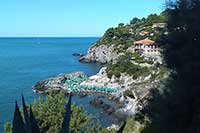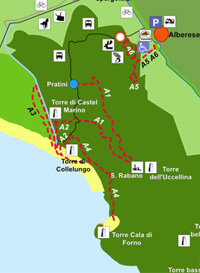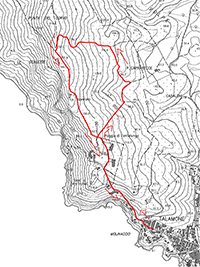Talamone |
The Maremma's most famous bathing sites combine natural beauty and trendy centres. They stretch from Principina a Mare and Marina di Grosseto through Castiglione della Pescaia to Punta Ala and the blue sweep of the Gulf of Follonica, and afterwards along the spectacular etruscan coast, the Costa degli Etruschi up to Piombino. |
| Talamone was first an Etruscan settlement, which were followed by Romans. Traces of the Etruscan city of Tlamu were discovered in 1888 on a hill called Talamonaccio at a short distance from the village. Talamone was razed to the ground by Sulla for the support that its citizens gave to Marius in his attempt to march against Rome after the return from his African exile. Even Talamone as Orbetello, passed through the late Middle Ages without leaving any trace and similarly passed from (among the others) the Aldobrandeschi and the Republic of Siena, until in 1559 the territory was ceded to Spain and became part of the State of Presidi. The port town was also a stage during Admiral Horatio Nelson’s expedition to Egypt in 1798, cited by Napoleon himself as "Tagliamon on the coast of Tuscany". The city's name is also linked to Giuseppe Garibaldi and his Expedition of the Thousand in 1860. In his route towards Sicily, he made a stop there to stock up on water and weapons. The Talamone cemetery is elegant and old and hosts the Mausoleo Vivarelli. According to local records, the mausoleum is the last resting place of Jader Vivarelli – a leading figure in Talamone in the early 20th century. The mausoleum itself was designed by architect Lorenzo Grosseto Porciatti and built in 1905, and is a symbol of Porciatti’s famous artistic eclecticism. |
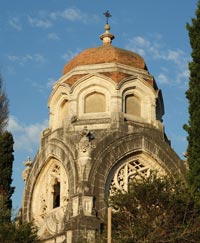 Il Mausoleo Vivarelli Il Mausoleo Vivarelli |
|||
| Talamone, located on a small promontory and has some bays and beaches that are very characteristic. There is a small beach under the Fortress, called Bagno delle Donne. You can park your car and walk down along a tiny lane arriving to the famous equipped beach. A completely different place is the beach along the access road to Talamone (in front of Talamone bay), that is loved by sailors, surfers and kite-surfers. |
|
|||
|
Photo Gallery Talamone and the Maremma nature reserve
|
||||
 |
||||
Cala di Forno
|
Spiaggia Bagno delle Donne |
|
||
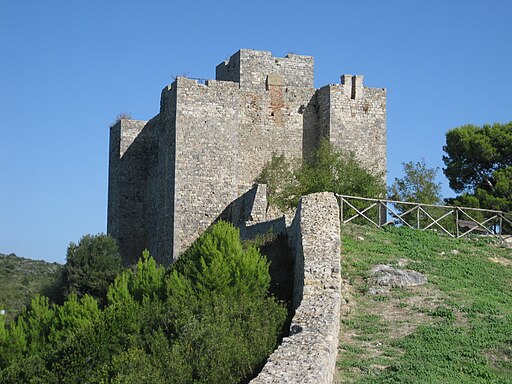 |
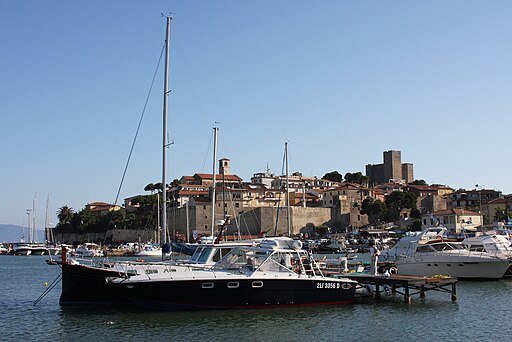 |
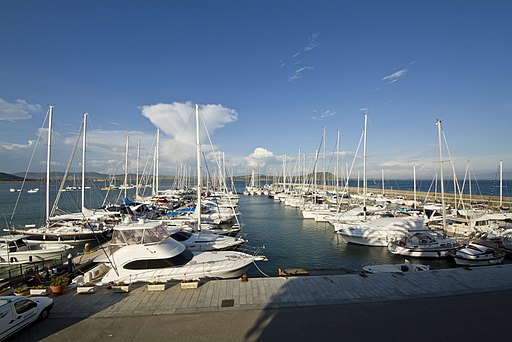 |
||
| Talamone, Rocca Aldobrandesca | Porto di Talamone
|
Porto di Talamone | ||
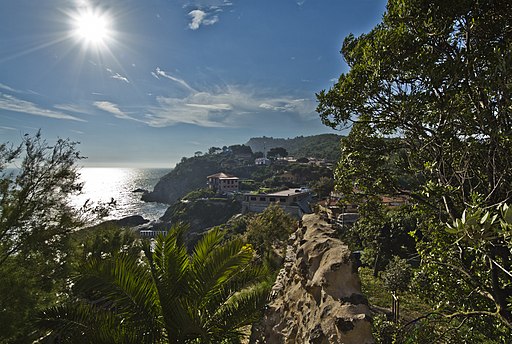 |
 |
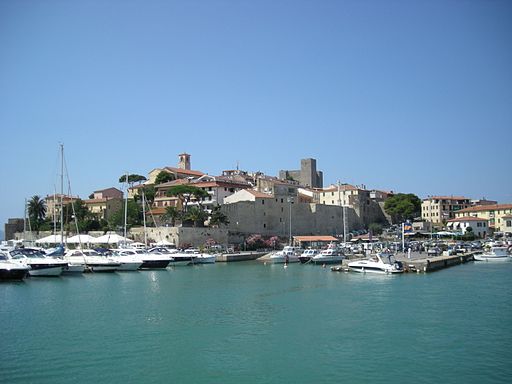 |
||
| Spiaggia Bagno delle Donne |
|
Porto di Talamone | Porto di Talamone | |
 |
 |
 |
||
| Talamone, Rocca Aldobrandesca | Talamone, Torre di Talamonaccio
|
Kite-surfing
|
||
Natural Park of Maremma |
||||
The Natural Park of Maremma is located in southern Tuscany, in the heart of Maremma. The stunning Maremma National Park in the south of the Tuscan Maremma is one of the best destinations for hiking in Tuscany. Walking in Tuscany | Parco Regionale della Maremma from Talamone T1 - Punta del Corvo | about 3 kms, about 2 hours
T3 - Poggio Raso | about 10 km, about 5 hours
|
|
|||
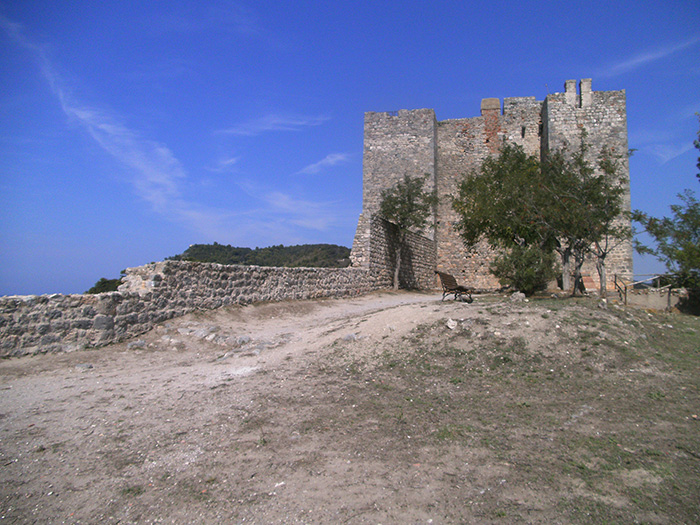 |
||||
Rocca aldobrandesca di Talamone
|
||||
Temple of Talamonaccio
|
||||
The temple of Talamonaccio was founded at the end of the fourth century BCE, together with recent struggles against the Etruscan city of Rome, and remained in use even after the Roman conquest.
|
Terracotta pediment from the temple of Talamone (Grosseto), the first closed pediment in Etruria, showing the fate of the Seven against Thebes, 2nd century BCE, high relief / terracotta, National Archaeological Museum (Florence)
|
|||
Ruins of the Temple of Talamonaccio[3]
|
||||
How to get to Talamone | Come arrivare a Talamone Pro Loco Talamone, Via Nizza, 58015 Orbetello GR | www.prolocotalamone.it
Two sites provide interesting information and itineraries. Parco Naturale della Maremma | www.parks.it | Map | Itineraries | (Eng) (Deutsch) (It) Parco Regionale della Maremma | http://www.parco-maremma.it | Itineraries | (Eng) (It)
[0] Foto di Alienautic - Opera propria, CC BY-SA 3.0, Collegamento |
||||
|
||||
|
||||
 |
||||
Podere Santa Pia overlooks a valley characterised by all the elements of the Tuscan landscape: vineyards, pastures, small forests, wheat fields, olive groves and downey oaks. On a clear day you can see as far as the Monti dell'Uccellini, Montecristo a and even Corsica.
|
||||

